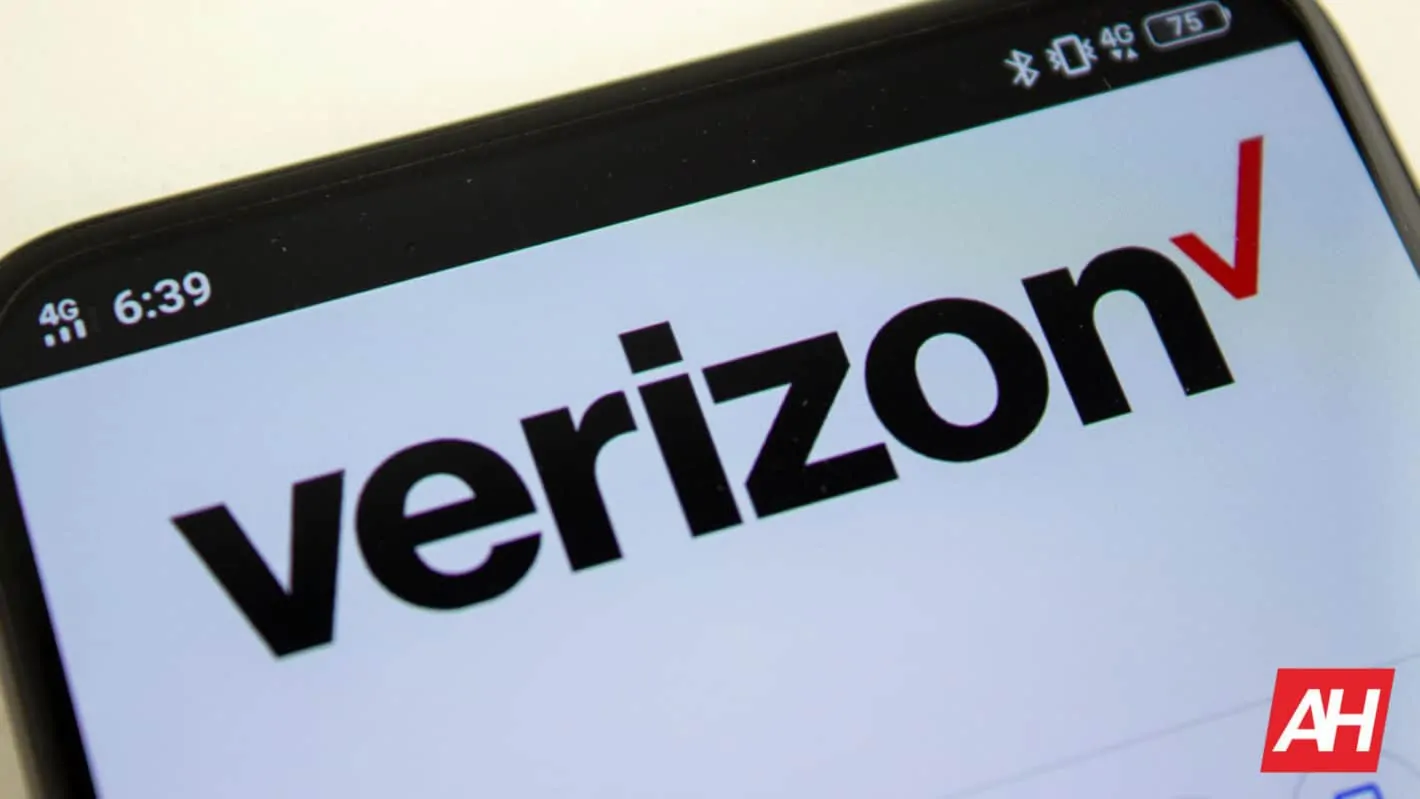Verizon’s 5G Ultra Wideband network has constantly been expanding amidst the battle for the 5G crown in the U.S. The carrier is now announcing a 249% increase in data usage on the 5G Ultra Wideband (UWB) network since January 2021. Furthermore, Verizon is pledging to reach 250 million POPs (points of presence) before 2024 and at least 175 million POPs by the end of 2022.
States like California, Indiana, Illinois, Arizona, etc, reportedly use the most Verizon 5G Ultra Wideband data
Verizon says 5G Ultra Wideband speeds reach up to 4 Gbps in supported areas. However, we know by now that this isn’t necessarily true everywhere. Nevertheless, 5G Ultra Wideband is a significant upgrade from older networks like 4G LTE. Moreover, the speed differential is incredibly high, which is always good news for the consumer.
“As the world continues to transition toward increased connectivity, we are playing a critical part in building and expanding this technologically advanced platform,” EVP and President, Global Networks and Technology, at Verizon, Kyle Malady, said. “We are leading the way in meeting the demand for fast, reliable connections for both consumers and businesses, and the demand for this service is only accelerating.”
States like Maryland, Delaware, Pennsylvania, New Jersey, and Virginia lead Verizon’s list of fastest-growing states in terms of data growth. Meanwhile, California, Indiana, Illinois, Arizona, Texas, Michigan, Florida, Minnesota, Nevada, and Ohio use the most 5G UWB data, Verizon said.
Verizon also provided insights on the states quickly transitioning from 4G to 5G networks in the U.S. Nevada leads the pack and is trailed by Indiana, Minnesota, Arizona, Illinois, and Michigan.
Verizon’s 5G Ultra Wideband network isn’t without flaws, however
While Verizon is heavily marketing its 5G Ultra Wideband network, it hasn’t been without controversy. In December, EJL Wireless Research reported multiple problems with the highly-touted 5G Ultra Wideband network.
As per tests conducted in the cities of San Diego and Chula Vista, CA, moving even slightly from your position can lead to a significant drop in network coverage. Moreover, the network reportedly switches from 5G Ultra Wideband to the 5G Nationwide network unprompted.
EJL also found that the network was barely available in regions where 5G Ultra Wideband is heavily marketed. 5G UWB has been around for a while now. So it’s common knowledge that its signals tend to be weaker in the presence of walls or even trees.

